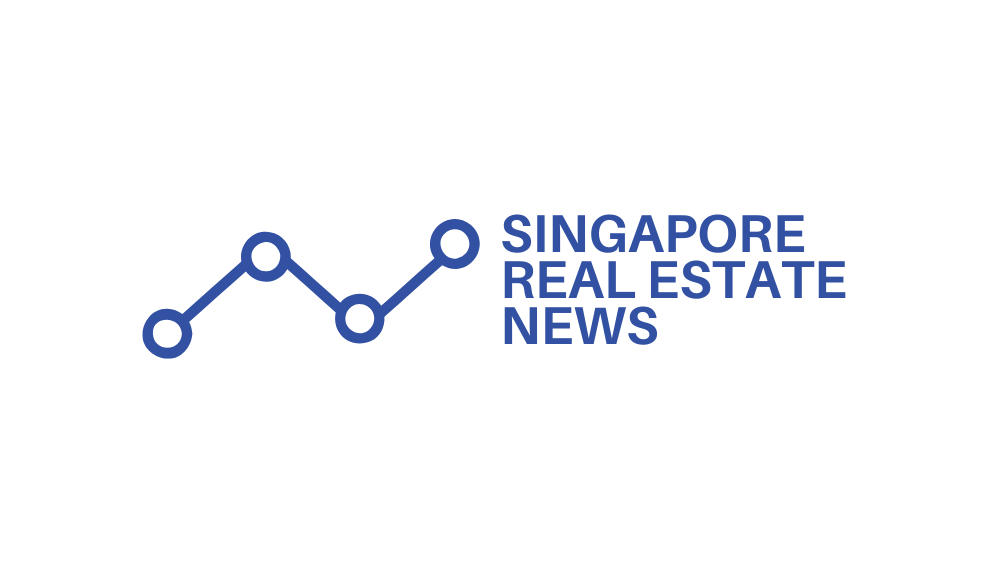As interest rate dynamics in Singapore’s property market continue to evolve, homeowners holding Housing and Development Board (HDB) mortgages at the fixed rate of 2.6% per annum face a renewed consideration regarding refinancing options, particularly given that bank mortgage rates as of May 2025 generally range from 2.20% to 2.75% for new packages, with some promotional offerings extending as low as 1.8%.
The HDB loan rate, pegged at 0.1% above the CPF Ordinary Account rate, has remained unchanged since inception, establishing a benchmark against which competing bank products are evaluated.
The potential for interest savings exists when bank rates remain below 2.6% throughout the loan tenure; however, such assessments require careful consideration of market timing and broader economic trajectories.
Floating-rate bank loans, typically pegged to the SORA benchmark currently observed at approximately 3.2% for 3-month instruments, introduce repayment volatility absent in HDB mortgages.
Early-stage HDB buyers frequently employ a two-stage strategy, securing initial purchase through HDB financing before refinancing to bank loans when market conditions prove favorable. It is important to note that refinancing from bank back to HDB is not permitted, limiting the reversibility of such decisions.
Bank loans provide enhanced flexibility through promotional rates and fixed-or-floating options, yet this flexibility comes constrained by lock-in periods typically spanning 2 to 3 years, during which early repayment penalties apply.
Conversely, HDB loans permit full or partial repayment without penalty at any time, offering borrowers unrestricted exit mechanisms. This contrasts sharply with bank loans, which impose early repayment penalties of 0.75%–1.50% during lock-in periods.
The downpayment requirements also diverge: HDB loans necessitate 20% downpayment fully payable through CPF-OA, while bank loans demand 25% downpayment with a 5% cash minimum.
Refinancing trends among HDB flat owners have increased notably in the first half of 2025, driven by descending bank rates and anticipated further reductions as global interest rates trend downward. Additionally, rising construction material costs from global trade tensions may pressure the Housing Development Board to recalibrate pricing structures, potentially affecting future affordability considerations for homeowners evaluating refinancing decisions.
Should US Federal Reserve benchmark reductions materialize in late 2025, additional rate compression may occur.
Nevertheless, the decision to shift from HDB to bank financing ultimately depends upon individual circumstances, prevailing market rates, loan tenure, and risk tolerance regarding potential mid-to-long-term rate escalations.
The stability inherent in HDB’s fixed-rate structure must be weighed against banking sector flexibility and current rate advantages.





